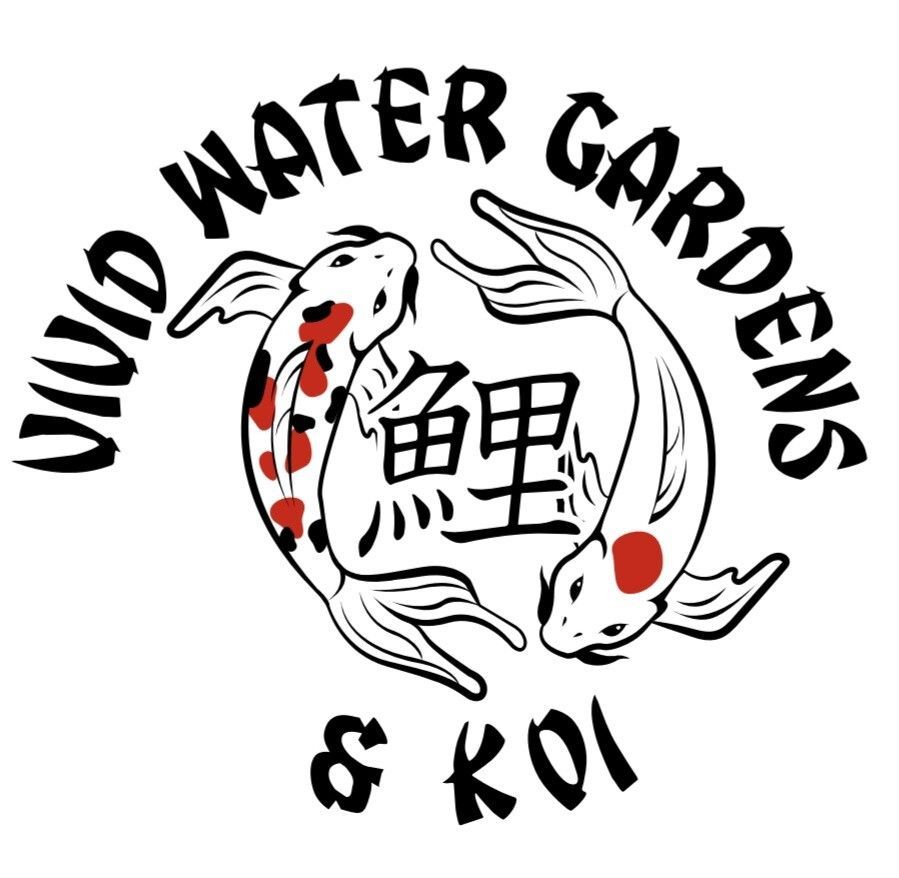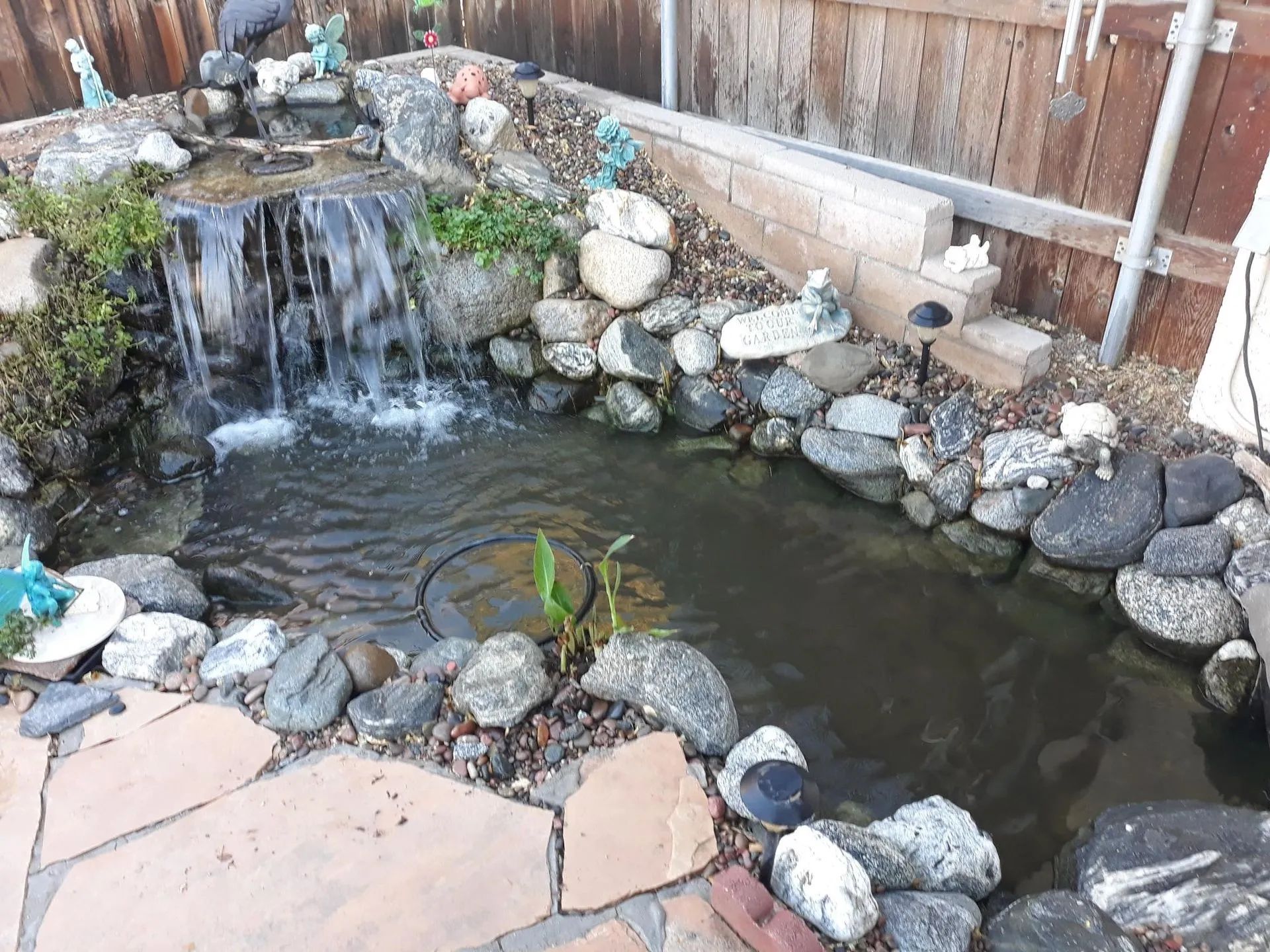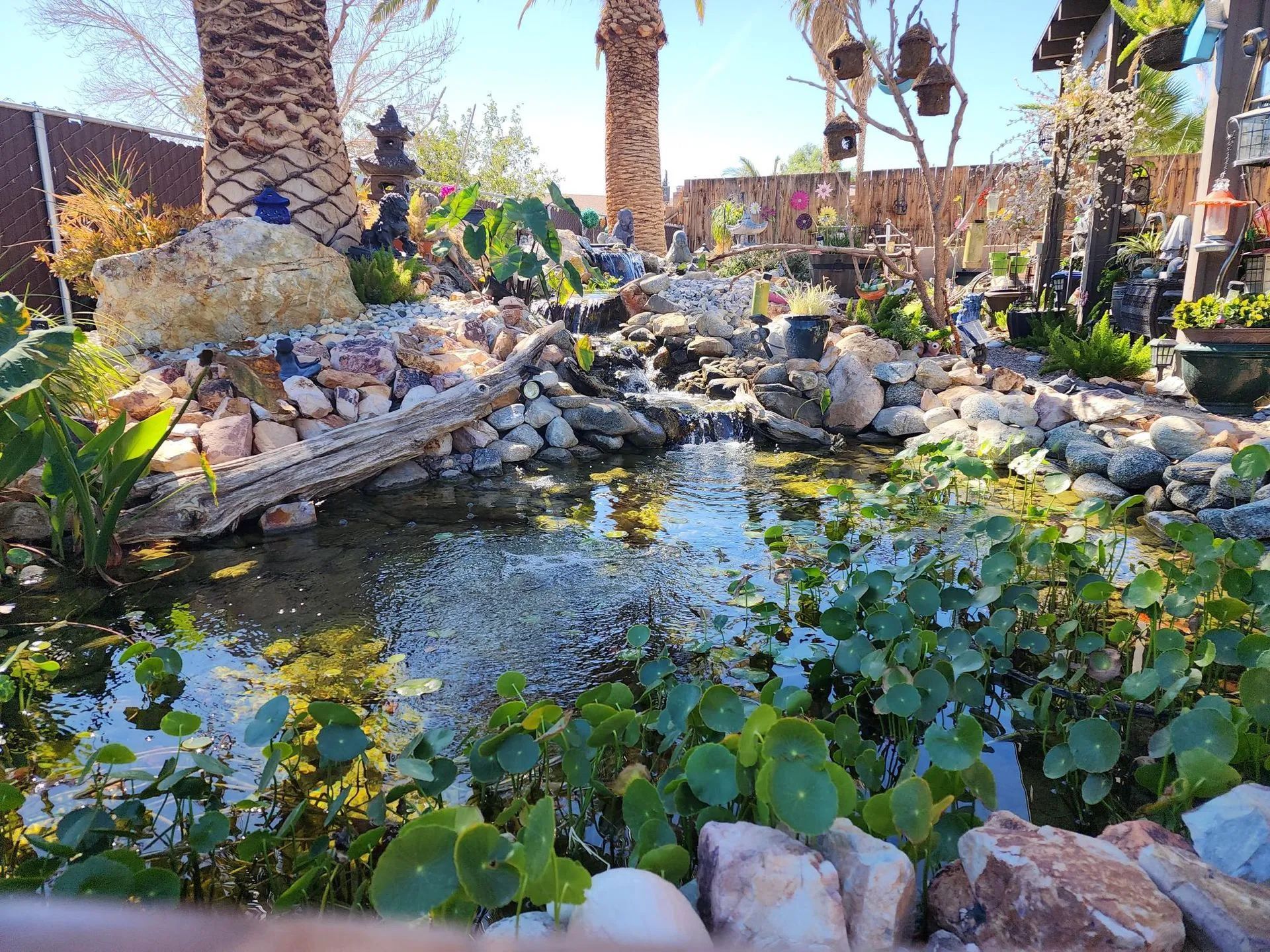How to Protect Your Pond Fish from Temperature Extremes in Southern California
Pond fish in Southern California face unique challenges due to the region’s hot, dry summers and occasional winter cold snaps. Whether you're raising koi, goldfish, or other ornamental species, protecting them from extreme temperatures is vital to their health and longevity. Below are essential tips to help you safeguard your aquatic pets year-round, especially in desert cities like Hesperia.
Understand the Effects of Temperature on Fish
Fish are cold-blooded, meaning their body temperature is influenced by surrounding water. In summer, high water temperatures reduce oxygen levels, making it harder for fish to breathe. In winter, sudden temperature drops can stress or kill fish if the water cools too quickly. Koi and goldfish are hardy but need support when temperatures fluctuate outside their ideal 65°F to 75°F range. Prolonged exposure below 85°F or above 50°F can weaken their immune systems and lead to illness or death.
Provide Adequate Shade in Summer
In Southern California, the summer sun can raise pond temperatures, making it harder to maintain a healthy aquatic environment. Introducing floating plants like lilies or lettuce provides shade and helps regulate water temperatures. Shade sails or landscape features such as pergolas and trees can also shield the pond from direct sunlight. If considering a new pond, avoid areas with full sun exposure. Effectively shading the pond keeps the water cooler and inhibits algae growth, improving water quality.
Use Aeration to Maintain Oxygen Levels
As water temperatures rise, oxygen levels fall, particularly in stagnant ponds. Aeration features like pumps, fountains, or waterfalls maintain oxygen levels and promote circulation, especially during summer heatwaves when fish risk oxygen deprivation. Proper aeration also prevents thermal layering, where warm surface water remains cool and oxygen-poor below.
Monitor and Regulate Water Temperature
A floating or digital pond thermometer monitors water temperature. If it rises too high in summer or drops too low in winter, act quickly. During heat waves, change some water with cooler, dechlorinated water. In winter, use a pond heater or de-icer to prevent complete freezing, which allows gas exchange. Covering part of the pond with a floating structure or insulating edges with rocks or mulch also helps reduce heat loss and gain.
Create Deep Zones in the Pond
If you’re building or modifying a pond, ensure it includes a section at least 2.5 to 3 feet deep. Deeper areas stay cooler in summer and warmer in winter, giving fish a thermal refuge during extreme conditions. Fish naturally seek out these zones when surface temperatures become uncomfortable.
Feed Fish Appropriately by Season
Fish metabolism changes with temperature. In warm months, use high-protein food to support energy and growth. In cooler seasons (below 50°F), switch to wheat germ-based food or stop feeding altogether, as fish digestion slows significantly. Feeding too much or using the wrong food in the wrong season can stress fish and pollute the water, creating further risk during temperature extremes.
Keep Your Fish Safe with Expert Support
Protecting pond fish from temperature swings is essential to a healthy, thriving aquatic environment. At Vivid Watergardens, we’ve been helping homeowners in Hesperia, CA, keep their fish safe and ponds balanced for over 25
years. Whether you need
seasonal maintenance, pond redesigns, or expert advice, contact our Retail Store today for solutions built for our local climate.





